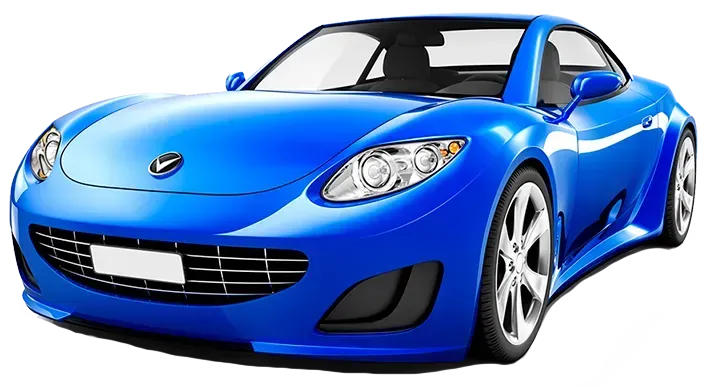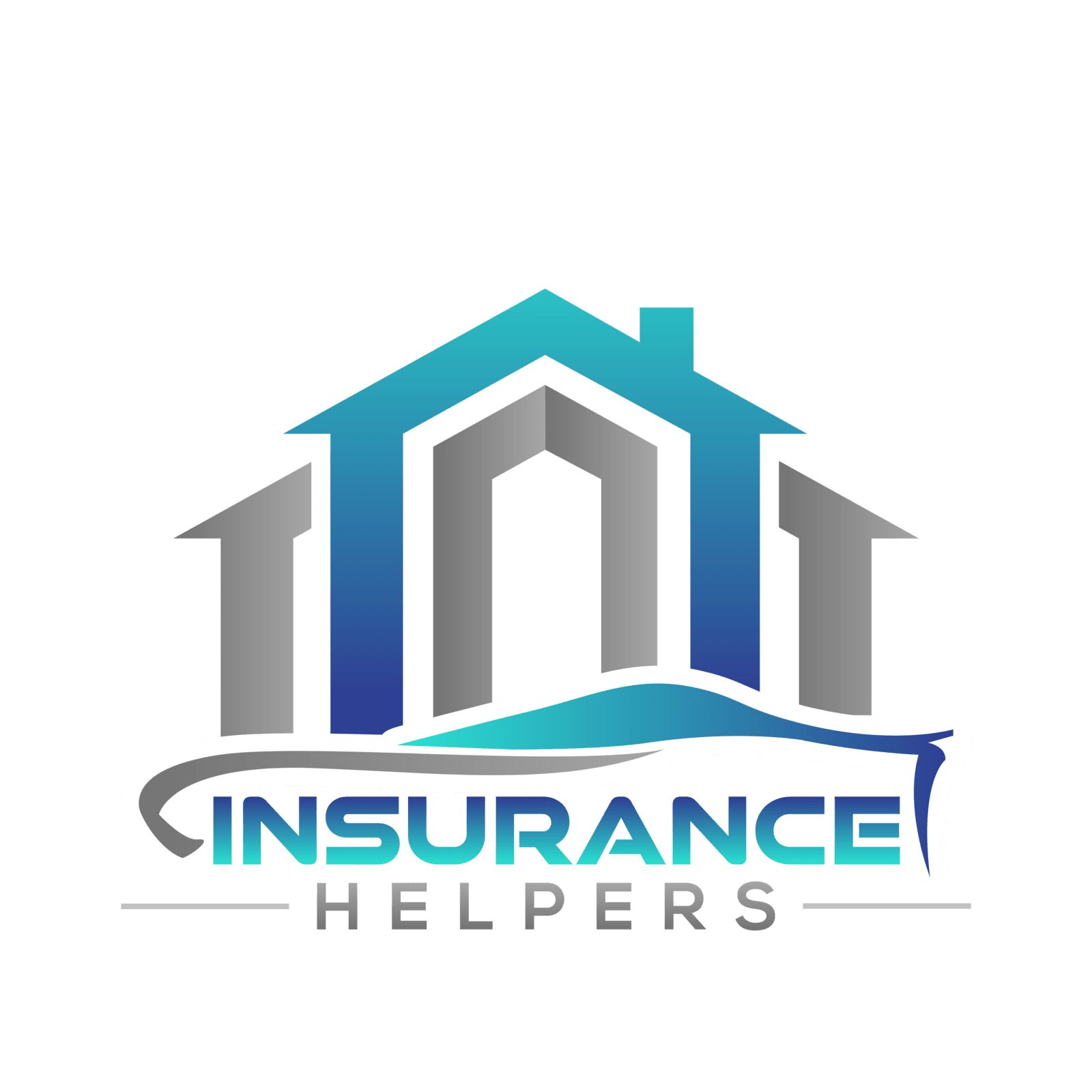
Auto Insurance
Auto insurance protects you from financial loss after an accident. Your auto insurance policy includes property, liability, and medical coverage. The amount of coverage your policy provides varies based on the features and coverage levels you choose. Understanding these options doesn’t have to be difficult. At Insurance Helpers our agents carefully explain the details to ensure you know:
- Who your policy covers
- What damages your policy covers
- What your out-of-pocket responsibilities are
When reviewing your auto insurance policy or comparing coverage options, it is important to understand the following key terms:
Liability insurance
Condo insurance covers your condo unit where your condo association insurance stops.
Collision insurance
This coverage pays for the cost of repairing or replacing your car if it is damaged in an accident.
Comprehensive insurance
This coverage pays for the cost of repairing or replacing your car if it is damaged by something other than a collision, such as theft, vandalism, or a natural disaster.
Uninsured/underinsured motorist coverage
This coverage pays for your medical bills and property damage if you are injured in an accident by an uninsured or underinsured driver.
Types of Auto Insurance Coverage
There are many different coverage options to choose from when purchasing an auto insurance policy. Your auto insurance policy may or may not include each of these different types of coverage, but a standard auto insurance policy is typically made up of the following six different types of coverage:
Comprehensive Coverage
Comprehensive Coverage provides coverage for damages to your vehicle resulting from something other than a collision. This can include damages caused by falling objects, fire, flood, hail, animals, theft, and vandalism
Property Damage Liability
Property Damage Liability provides coverage for costs of damages you cause to someone else’s property. Such property can include another vehicle or structures such as buildings, light poles, and guardrails that you cause damage to in an accident
Collision Coverage
Collision Coverage provides coverage for damage to your vehicle, even if you are not at fault for the accident. In addition to providing coverage for damages resulting from a collision, this coverage also covers damages caused by potholes or from your vehicle flipping over.
Bodily Injury Liability
Collision Coverage provides coverage for damage to your vehicle, even if you are not at fault for the accident. In addition to providing coverage for damages resulting from a collision, this coverage also covers damages caused by potholes or from your vehicle flipping over.
Uninsured and Under-Insured Coverage
Uninsured and Under-Insured Coverage provides coverage to you, your family members, and designated drivers if you are involved in an accident with another driver who does not have insurance or who is under-insured. It also provides coverage if you are involved in an accident with a hit-and-run driver.
Personal Injury Protection (PIP) or Medical Coverage
Personal Injury Protection (PIP) or Medical Coverage provides coverage for damages resulting from injuries sustained by the driver or passengers in your vehicle during an accident. These damages can include medical bills, lost wages, and more
Uninsured and Under-Insured Coverage
Uninsured and Under-Insured Coverage provides coverage to you, your family members, and designated drivers if you are involved in an accident with another driver who does not have insurance or who is under-insured. It also provides coverage if you are involved in an accident with a hit-and-run driver.
Personal Injury Protection (PIP) or Medical Coverage
Personal Injury Protection (PIP) or Medical Coverage provides coverage for damages resulting from injuries sustained by the driver or passengers in your vehicle during an accident. These damages can include medical bills, lost wages, and more
Auto Insurance Coverage Requirements
Every state has its own laws that establish the minimum requirements for auto insurance coverage. The minimum requirements in the State of Florida are at least $10,000 in coverage for both Personal Injury Protection (PIP) and Property Damage Coverage. However, coverage requirements may also vary based on individual circumstances such as your driving history and whether you own or finance your vehicle.
Understand the Terms in Your Auto Insurance Policy
Your auto insurance policy may also include additional features that provide expanded coverage such as:
Rental reimbursement coverage
Towing and labor coverage
Gap insurance coverage
If your vehicle is totaled as a result of an accident and you owe more on your vehicle than it is actually worth, gap insurance covers the difference between the book value and the remaining balance you owe.
At Insurance Helpers we specialize in finding competitive auto insurance policies that offer you better protection within your budget. We know every customer has unique needs and we strive to find the coverage options that best fit your needs. Contact us today to have a licensed insurance agent help you find excellent coverage at the best rate!
If your vehicle is totaled as a result of an accident and you owe more on your vehicle than it is actually worth, gap insurance covers the difference between the book value and the remaining balance you owe.
At Insurance Helpers we specialize in finding competitive auto insurance policies that offer you better protection within your budget. We know every customer has unique needs and we strive to find the coverage options that best fit your needs. Contact us today to have a licensed insurance agent help you find excellent coverage at the best rate!
Insurance Helpers protects the entire state of Florida!
If you’re looking for a better insurance experience, we’re just a click or a call away
